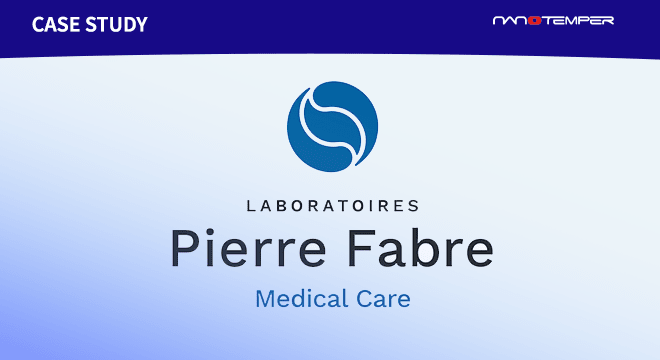
Any researcher looking to better understand their protein’s behavior can benefit from the information provided by Dynamic Light Scattering (DLS). Here’s an overview of DLS and how it’s useful for your protein research.
What is Dynamic Light Scattering?
Dynamic Light Scattering, or DLS, is a technique that gives you detailed information about the size of your biological particles. It works by sending a monochromatic beam of light into your sample; the sample bounces, or scatters, that light in different directions. The DLS instrument then collects how intense or bright that scattered light is at a fixed angle. This information can be correlated to the hydrodynamic radius (rh) of the particle that scattered the light. It can also determine if there are multiple particle sizes present in the sample by determining the polydispersity index (PDI).
Why is it useful to have particle sizing information?
1. Context changes everything
Researchers almost exclusively work with proteins in buffer. Anyone who has worked in biologics formulation knows that storage and assay buffers alike must be optimized to ensure a protein remains stable and functional for a long time. Proteins that are tightly folded and stable give a single, sharp peak at the rh when looking at the size distribution. If a buffer has a negative impact on protein stability, this will be reflected in the broadening of that peak and an increase in PDI.
2. Subtle changes make big differences
Protein engineering is a key element in optimizing proteins for everything from benchtop assays to therapeutics in the clinic. By editing the sequence of a protein or antibody, researchers can create a biological molecule with increased substrate affinity, better long-term storage stability, or additional binding sites. Each mutation offers the potential to alter protein behaviour for better or worse. Having a better picture of how this affects your protein’s size and polydispersity allows researchers to make better decisions about what constructs to move forward with in the lab.
3. Binding events affect a protein’s size
Drug developers looking for the next big breakthrough often have huge libraries of compounds to screen. No method is 100% reliable in avoiding either false positives or false negatives. But binding often introduces a change in the structure of the protein, which can expand or contract to bind small molecules. Subtle changes in the rh can be screened to determine binders.
4. Oligomerization affects protein activity
Cell biologists know the importance of oligomerization in cellular processes. The ability to monitor this process in vitro can help researchers to develop assays that allow them to better understand how the changes in protein-self interaction triggers other responses. Self-interaction can be measured with DLS, giving researchers the Kd of their protein of interest.
DLS is a powerful tool for characterizing your protein. The ability to monitor how buffers, additives, and substrates can help drive better understanding of mechanisms and stability. Any researcher looking for deep biophysical understanding of their favorite protein can benefit from the information provided by DLS.
If you think DLS could be a valuable tool for your research, or you are interested in learning more about the details of how it works to give us particle sizing information, watch this short informational webinar about DLS.




















